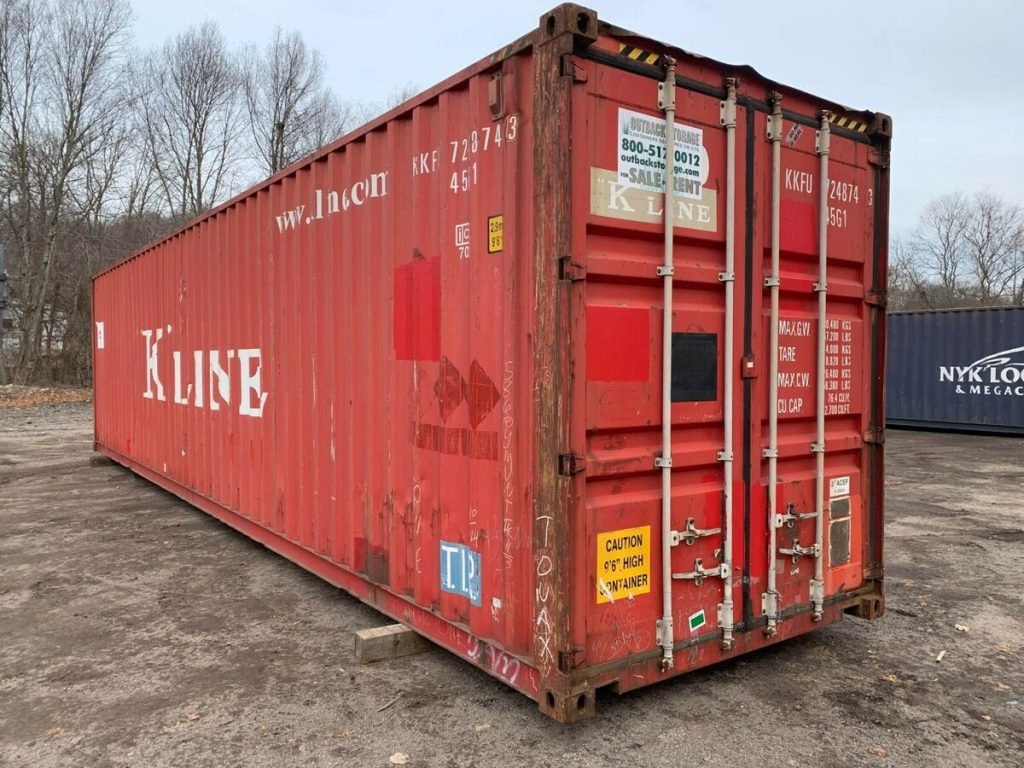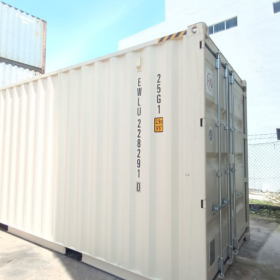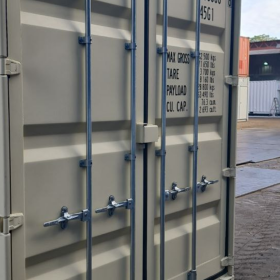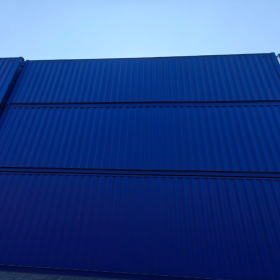Shipping Container Conversions for Startups: Affordable Office Solutions

In the dynamic world of startups, where innovation and cost-efficiency often go hand in hand, shipping container conversions are emerging as a game-changing solution for office spaces. These unassuming metal boxes are being repurposed into stylish, functional, and affordable office environments, offering startups a unique and cost-effective alternative to traditional office leases. Here’s a closer look at why shipping container conversions are becoming a popular choice for startups and how they can be the key to setting up an inspiring workspace without breaking the bank.
The Appeal of Shipping Container Offices
- Cost-Effectiveness
One of the most significant advantages of converting shipping containers into office spaces is their affordability. Unlike traditional office buildings, which come with hefty rents, long-term leases, and additional overhead costs, shipping containers offer a more economical option. The initial investment in containers is relatively low, and the cost of conversion can be scaled to fit the budget of a startup. This cost-effectiveness is particularly attractive to new businesses operating with limited capital.
- Flexibility and Scalability
Shipping containers are inherently modular, which makes them highly flexible and scalable. Startups can start with a single container and expand as needed by adding more units or connecting them. This scalability allows businesses to adapt their office space to their growth and changing needs without committing to a long-term lease or investing in a large, permanent structure.
- Sustainability
Sustainability is a growing concern for many businesses, and shipping container conversions align well with eco-friendly practices. By repurposing used containers, startups can significantly reduce their environmental footprint. The process of converting containers into offices often involves using recycled and sustainable materials, making it a green choice that aligns with modern environmental values.
Designing a Shipping Container Office
- Space Optimization
Designing an office within a shipping container requires thoughtful space optimization. Containers, typically 20 or 40 feet long, offer a compact footprint, which can be maximized through smart design strategies. Clever use of modular furniture, built-in storage solutions, and open floor plans can make a small container feel spacious and functional. Many startups choose to incorporate foldable or multifunctional furniture to enhance usability without cluttering the space.
- Comfort and Aesthetics
Contrary to the perception of containers being merely functional, they can be transformed into stylish and comfortable workspaces. Insulation and climate control are essential for creating a pleasant environment. Proper insulation ensures that the container remains cool in the summer and warm in the winter, while ventilation systems keep the air fresh and breathable. Interior finishes, such as drywall, paint, and flooring, can be customized to create an appealing and professional atmosphere that reflects the startup’s brand.
- Connectivity and Technology
Modern office spaces require robust connectivity and technology infrastructure. Shipping container offices can be equipped with high-speed internet, power outlets, and data ports just like any traditional office. The design should include provisions for wiring and networking, ensuring that the container is fully equipped to handle the technological needs of a startup. Additionally, windows and natural lighting can be incorporated to enhance the work environment and reduce reliance on artificial lighting.
Practical Considerations
- Zoning and Permits
Before embarking on a shipping container conversion project, it’s crucial to check local zoning regulations and building codes. Different areas have varying requirements for container structures, and obtaining the necessary permits is essential to ensure compliance. Working with a professional architect or builder familiar with container conversions can help navigate these regulations and streamline the approval process.
- Location and Accessibility
The location of the container office is another important consideration. While containers can be placed on a variety of sites, including private lots or business parks, accessibility for employees and clients should be considered. Ensuring that the location is convenient and accessible will contribute to the overall success of the workspace.
- Maintenance and Longevity
Shipping containers are built to be durable and withstand harsh weather conditions, making them a long-lasting investment. Regular maintenance, such as checking for rust, ensuring proper insulation, and addressing any wear and tear, will help extend the lifespan of the container office. Investing in quality materials and construction techniques will also enhance durability and reduce maintenance needs.
Conclusion
Shipping container conversions offer an innovative and cost-effective solution for startups seeking affordable office space. With their flexibility, sustainability, and potential for creative design, these converted containers provide a unique alternative to traditional office environments. By addressing practical considerations and investing in thoughtful design, startups can transform shipping containers into functional, stylish, and inspiring workspaces that support their growth and success. As the trend of container offices continues to rise, it’s clear that these versatile structures are more than just storage solutions—they’re a modern answer to the needs of today’s entrepreneurial landscape.





